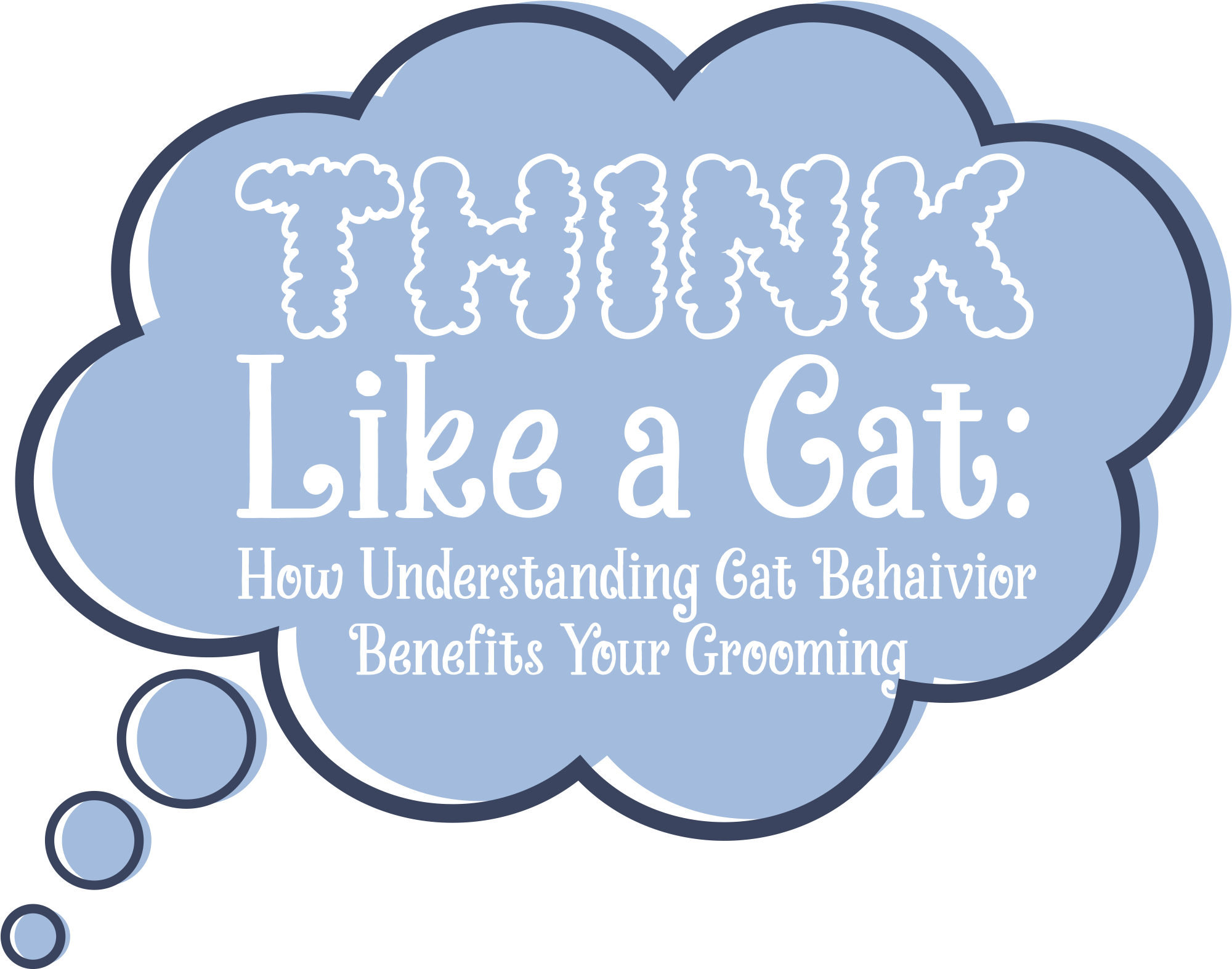

 elines act on their terms and can have the mindset of, “What’s in it for me?” Knowing that, going to the groomers can be challenging for you and the pet owner if you don’t manage expectations.
elines act on their terms and can have the mindset of, “What’s in it for me?” Knowing that, going to the groomers can be challenging for you and the pet owner if you don’t manage expectations.
Feline Certified Cat Behaviorist Joey Lusvardi of Class Act Cats Consulting in Minneapolis, MN thinks groomers can make their jobs more difficult if they don’t understand the basics of cat behavior. Lusvardi is a huge advocate of offering in-home grooming for cats: “Felines are much more responsive to a familiar environment, so being at home is going to be far less stressful,” he says.
If you can’t go to a cat’s home, Lusvardi says there are a plethora of things you can do to make the feline more comfortable in the salon setting. One suggestion is to offer the first visit as a special playtime. Invite the furry client to explore your salon privately and lavish the kitty with play and lots of high-value treats so they think of your business as a wonderful place to visit. Make sure no grooming is done, but have your tools in plain sight so the cat can investigate them and become familiar with them.

Additionally, he says you should also ask about dietary restrictions so you have the right treats to keep the feline busy during the groom. And make sure you inquire about whether or not the cat has issues being handled. “If the cat has a medical condition that causes pain, it could make the groom more challenging. You don’t want to trigger an aggressive response,” he adds.
Lusvardi also encourages groomers to ask their cat clients to clicker train their cats and teach their feline to “high five.” There are many instructional videos on the internet that can teach the process. “This is a wonderful way to get the feline used to touching the human hand, which is beneficial for nail trims,” he says.
When it comes to the actual grooming, Lusvardi stresses that you should prioritize needs over wants. Always take care of the most critical or important parts of the groom first, then focus on the less important parts next. You only have so much time when a cat is under your care.
He also recommends LickiMats or puzzle toys to help occupy the cat to give you the most time to do your job. When beginning the groom, he suggests starting out slowly and getting the cat used to the feel of each tool. Ideally you should start in a low-stress area on the cat and gradually work up to the more challenging parts.
When it comes to scruffing, Lusvardi says don’t do it! “Scruffing is not a gentle handling technique. For years it was thought of as being calming for kittens, as they are carried like that by their mothers when they are young. That’s not how we see it anymore. You never see an adult cat being held by the scruff of their neck, and studies show it increases stress and can be painful if done incorrectly,” he advises.
With more and more people—especially millennials—adopting cats, feline services are becoming more in demand. It’s important that groomers are equipped with the knowledge to handle cats successfully. From a behaviorist’s standpoint, Lusvardi believes groomers are service providers who are critical to adding to the wellbeing of cats as a whole.
With society often thinking of cats as second-class pets to dogs, it’s important to understand cat ownership is evolving. So being adept in handling felines is in your best interest financially and competitively to showcase your versatility.
